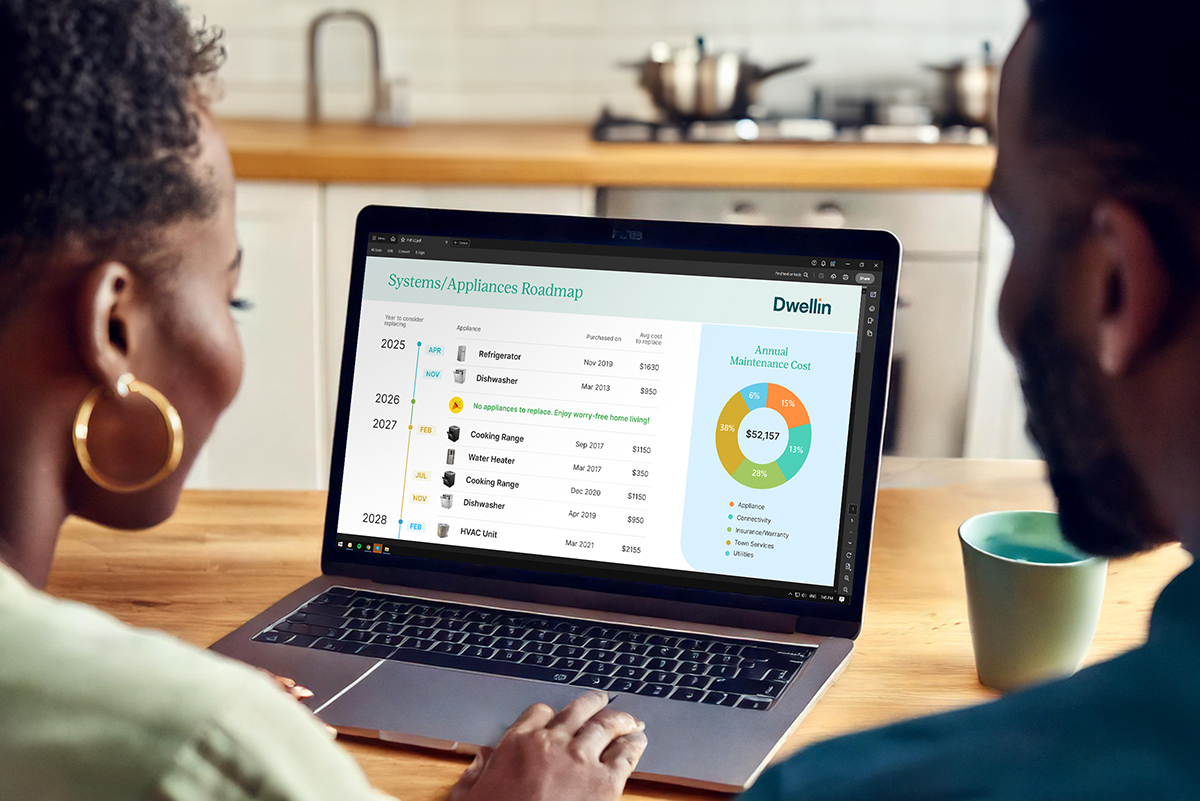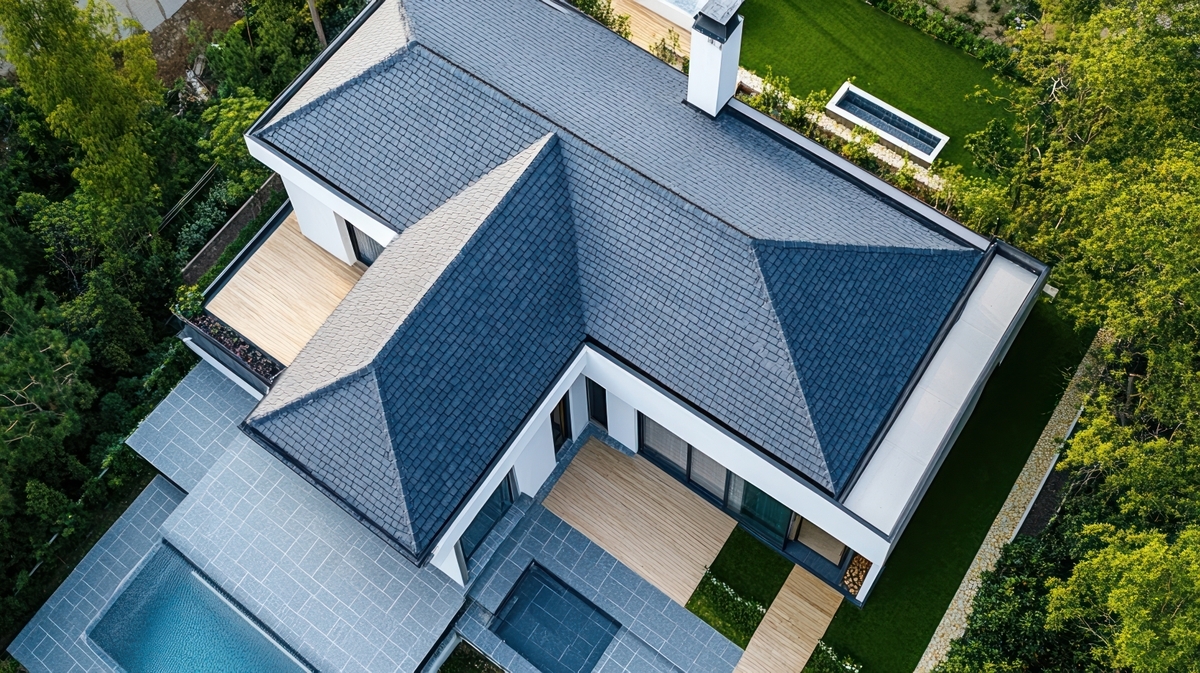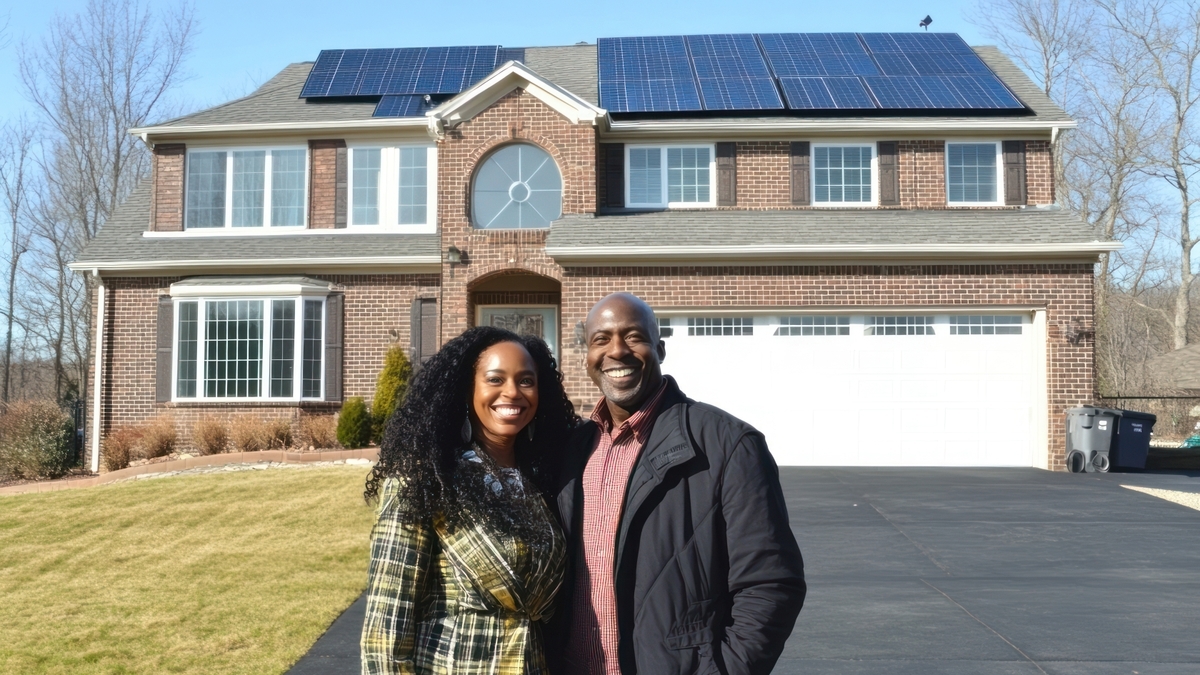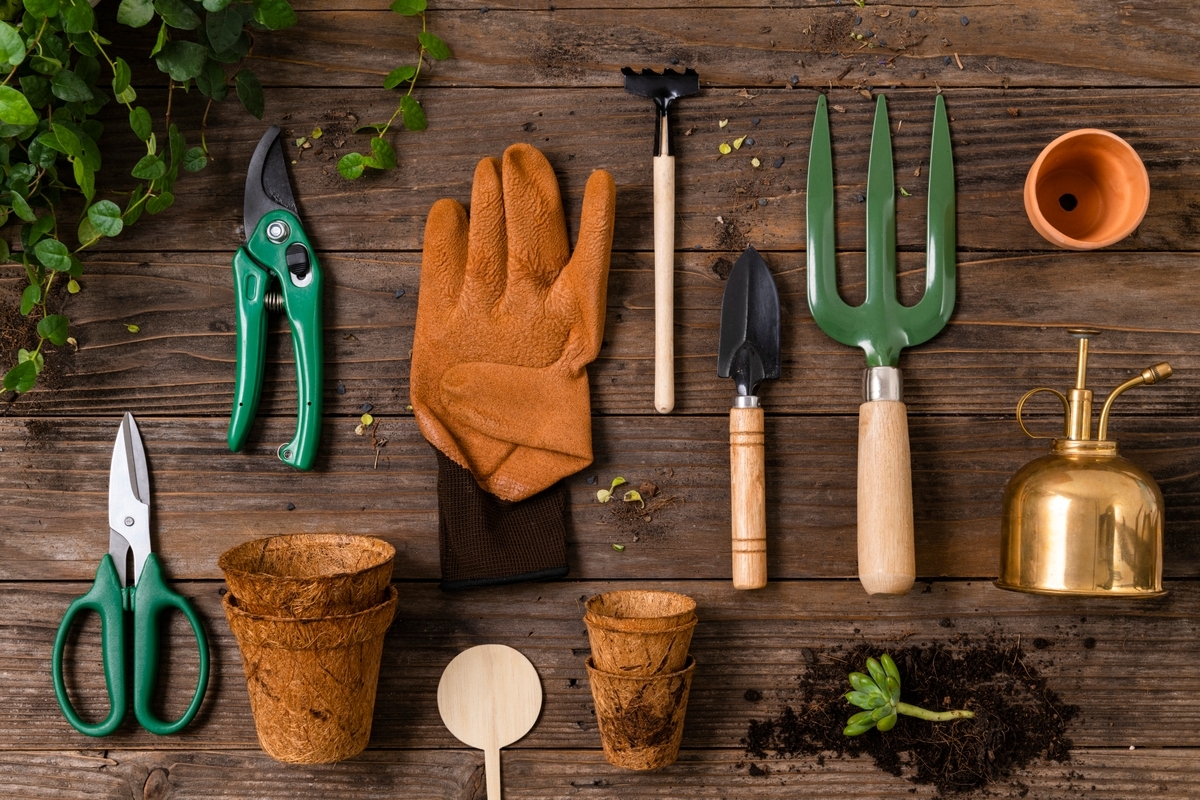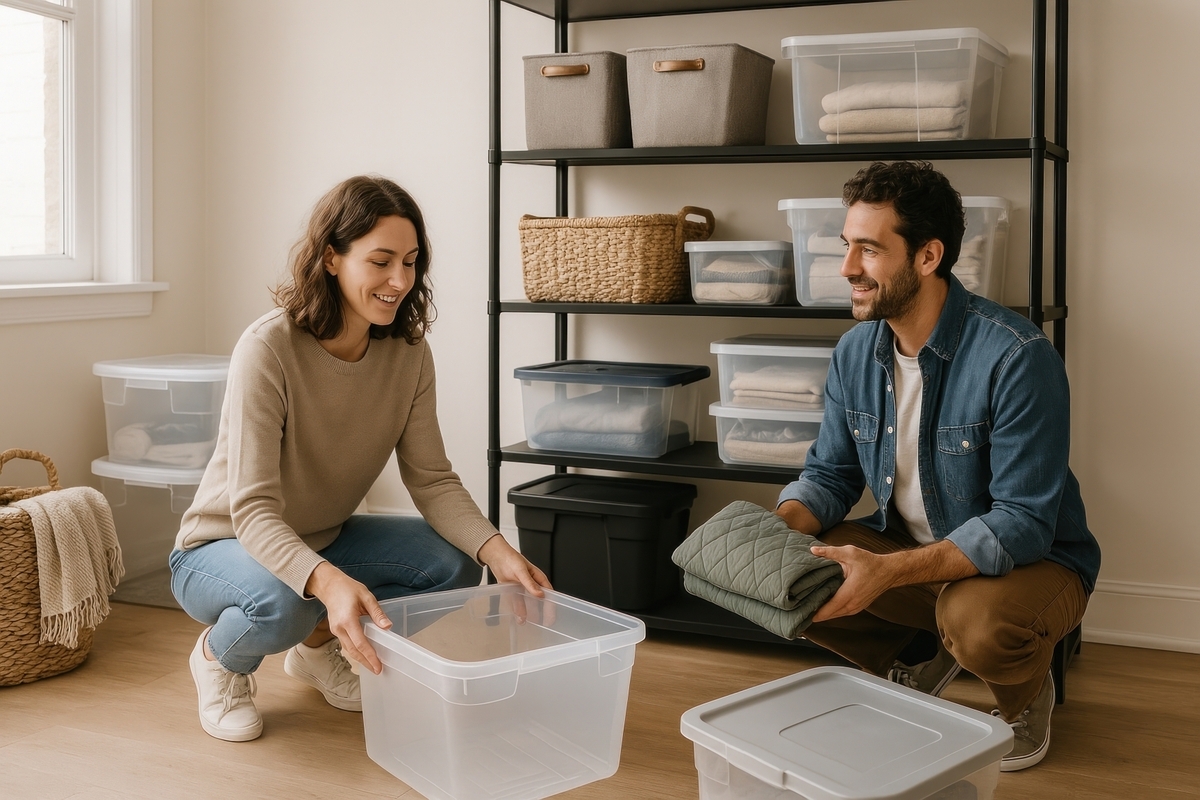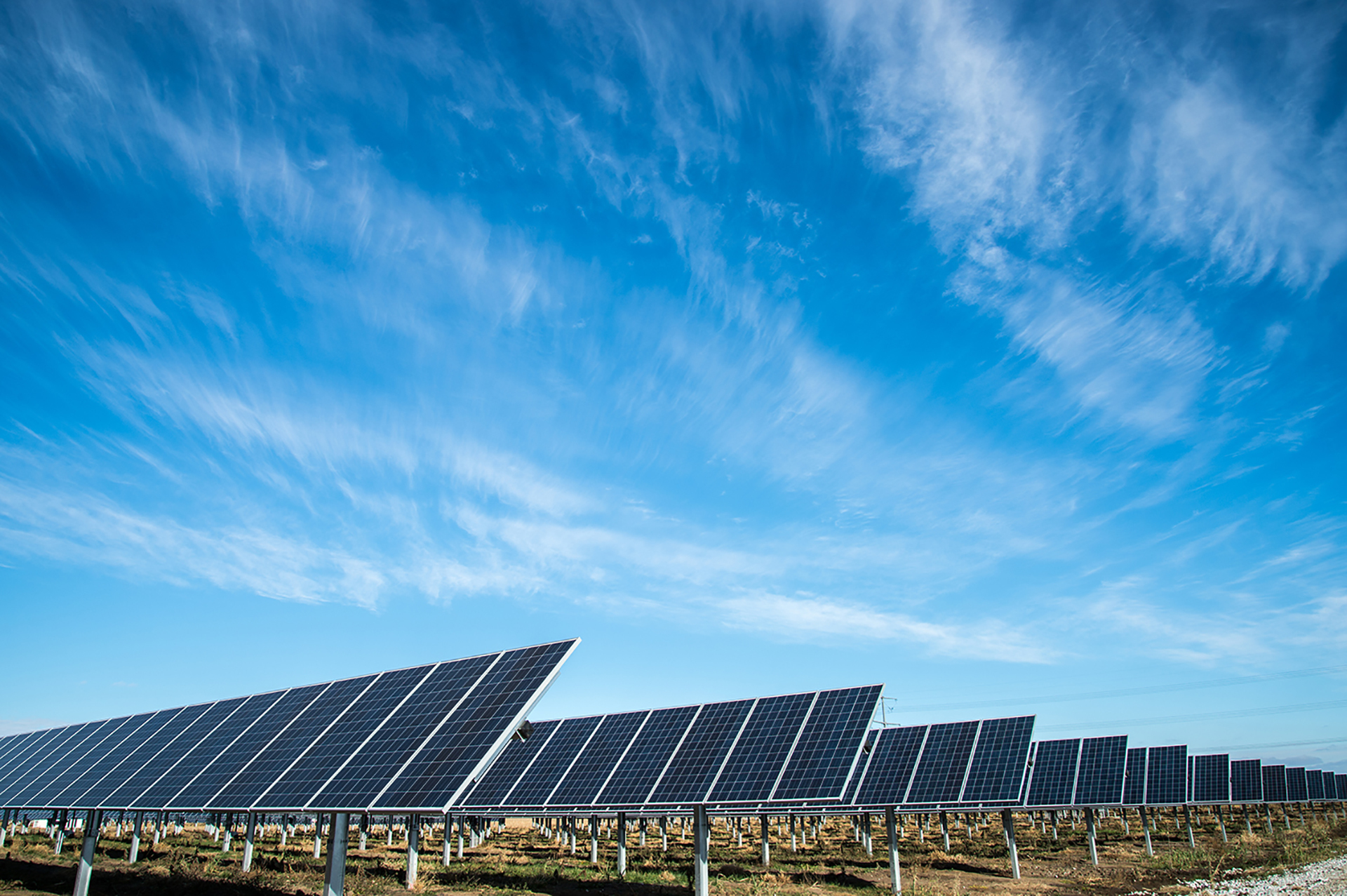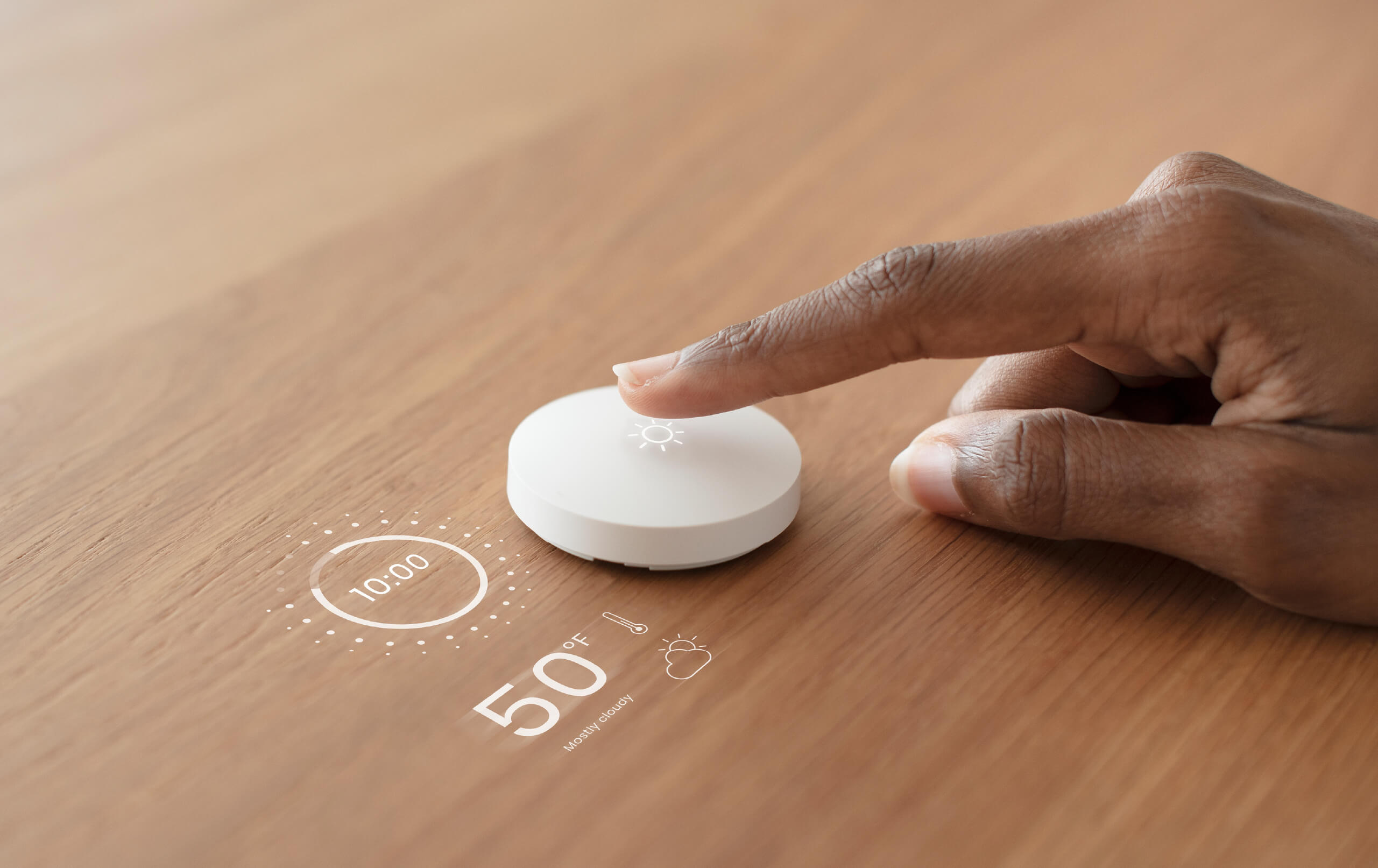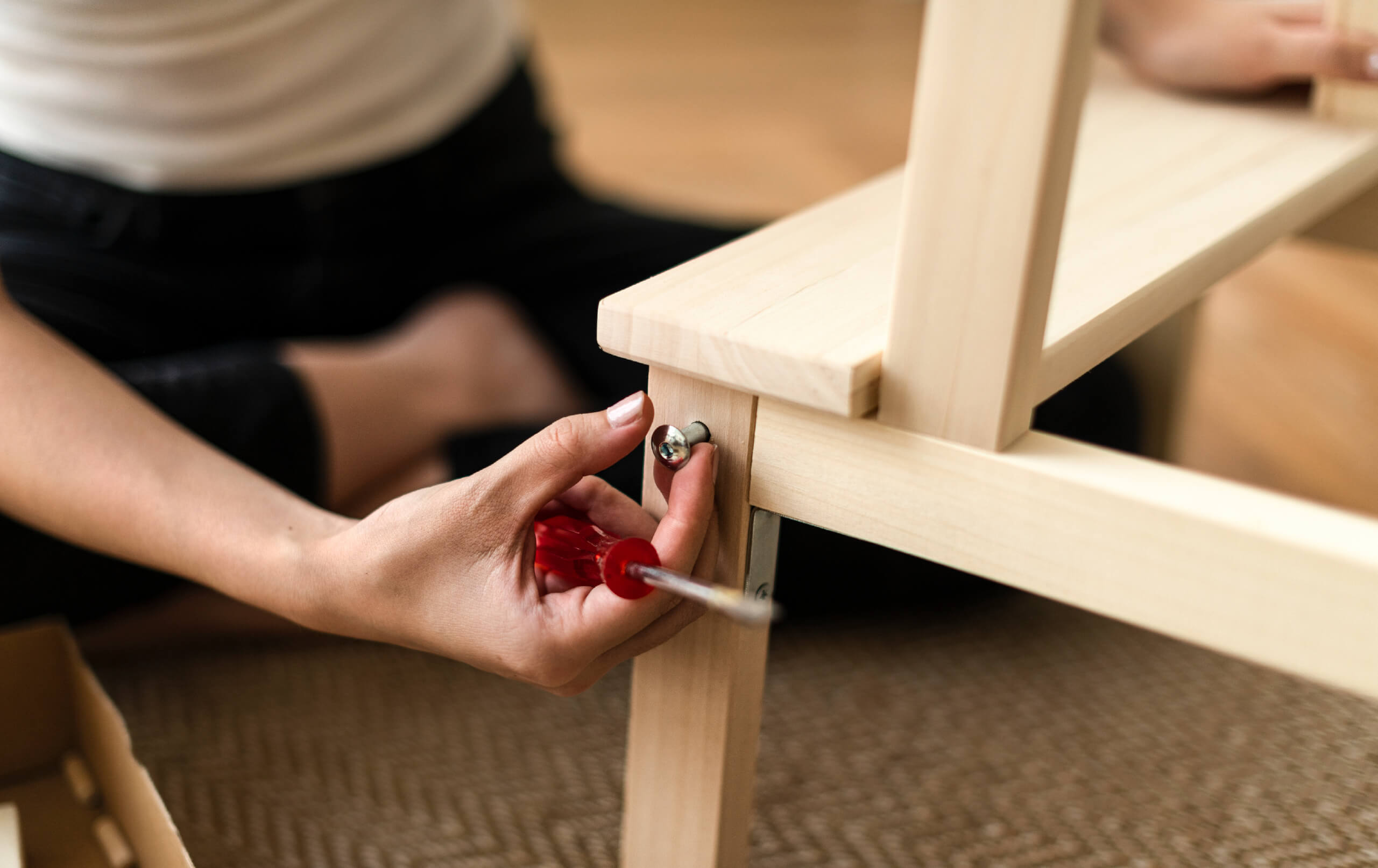Ways to Conserve Natural Resources at Home
7 minute read
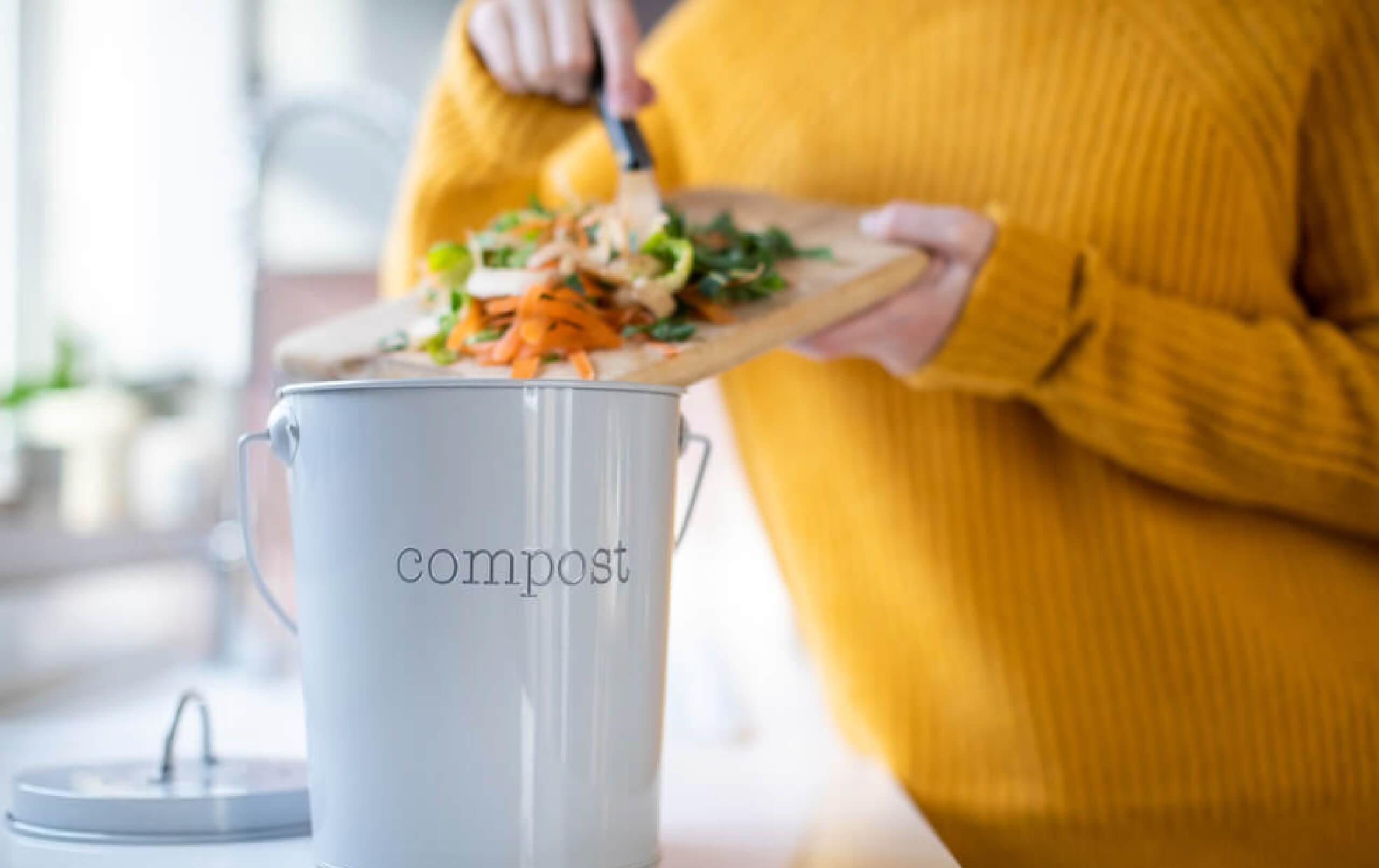
We all love and care for our home; it is our personal space that shelters, protects, and comforts us. Likewise, the environment around us has been our home forever. We derive our entire sustenance from our planet, from the food we eat to the air we breathe and the water we drink. This is why the conservation of natural resources (renewable and non-renewable) is crucial in order to support their longevity for humankind.
Why is it important to conserve natural resources?
Our planet is our only home and our ultimate provider. Everything that we use in day-to-day life is directly or indirectly drawn from natural resources. However, not all natural resources are renewable. Non-renewable resources (like coal, oil, minerals) cannot be replenished naturally. With a rise in the global population, it is becoming increasingly important to use these resources judiciously. Reckless exploitation of these resources has led to a global temperature spike, loss of biodiversity, and greenhouse emissions.
To save these natural resources for the future generation and reduce environmental degradation we must take steps to conserve them and promote sustainable living.
Ways to Conserve Natural Resources at Home
Saving natural resources wherever possible is the key to protecting the environment from destruction, reducing carbon emissions, and maintaining an ecological balance. Numerous regulating bodies are taking initiatives towards resource conservation. However, we must take the onus to save and use natural resources wisely at our individual levels as well.
For a positive environmental impact, we don’t need to make huge investments or take on mammoth tasks. Only a few simple lifestyle changes towards sustainable homes can be a great catalyst for the betterment of nature and mankind.
Here are some easy-to-do things to help you get started with conserving resources at home.
1. Conserve water
One of the easiest ways to conserve resources is by being mindful of the use of water at home. According to save the water, Americans use 2000 gallons of water every day, while only 0.25% of this is used by an average African family.
Water is one of the most essential resources of nature and only 1% of the Earth’s water is available for human use. Here are a few simple tips to practice water conservation at home.
Fix leaky faucets
According to the US EPA (Environment Protection Agency), more than 1 trillion gallons of water is wasted due to leaks. To avoid this, make routine plumbing system checks a priority every year. Doing this will not only save your home from leaks but also save up to 75 liters of water each day!
Educate yourself on the importance and practical ways to conserve water. Start with, signing up for events like WaterSense Events by the US|EPA and exploring the methods to contribute towards conserving water.
Install a rain water harvesting system
If possible, consider installing a harvesting system in your home to contribute to water conservation. A rainwater harvesting system is a cost-efficient, low-maintenance method that collects rainwater into a pool or tank. It can be cleaned and used for numerous activities like watering the plants, creating a backup water resource, etc. Many state governments also offer incentives to encourage homeowners for this.
Aside from these, here are some tips to save water at home:
- Take shorter showers.
- Use water-saving toilet flushes.
- Use the dishwasher only when it has enough dishes.
- Do not keep the faucets running (while brushing teeth, washing clothes, shaving, etc.).
- Avoid overwatering the plants.
2. Conserve energy
Homes are one of the major sources of energy consumption. Electricity is used extensively in homes, from heating or cooling to lighting and entertainment, making it one of the leading causes of fossil fuel depletion and greenhouse emissions.
Limiting the use of home energy can make a big difference in not only supporting a cleaner environment but also in reducing your utility bills. To begin with, here are some simple ways to reduce excess electricity consumption at home.
Get a home energy audit
One of the best ways to identify if your home is truly energy efficient is by conducting an energy audit. It assesses various parameters of your home (like your home envelop, its age, homeowners usage patterns, etc.); estimates the energy consumption and recommends measures to optimize it.
In the US, these services are commonly offered by the State Energy Office, Public Utility companies, and many third-party companies. There are apps that are now enabling homeowners to self-check their homes and identify areas of improvement, too.
Turn off the appliances when not in use
Many of us already know that appliances consume energy even when idle. To save energy, unplug appliances after use; turn off the TV, lights, fans, air conditioners, and the charging points when not in use. You can also consider using a power strip that plugs in multiple devices to one board so that it is convenient for you to turn off multiple appliances at once.
PRO-TIP
Use dim lights for galleries, lobbies, balconies, and bathrooms.
Use LED lamps
Another simple change towards saving energy is by switching to energy-efficient LED bulbs. They consume less wattage than the normal bulbs, use 75% less energy and last around 25% longer. LED lighting benefits the environment and your wallet (win-win!).
Insulate the home properly
One of the main reasons for higher utility bills is improper insulation that causes temperature fluctuations. This also makes your thermostat work harder. Even minor cracks on doors and windows can let in outside air. So, proper insulation will help maintain the room temperature and reduce excessive energy usage.
Also, consider insulating the water pipes & water heaters and investing in a home insulation check twice a year to identify any cracks or leaks. For example, setting the thermostat to 68-70 degrees during the day and to 65-68 degrees at night in winters. And 72-75 degrees during the day and 76-78 degrees at night, during summers can help you save energy.
Here are some more tips to save your energy at home:
- Dry clothes in natural sunlight rather than using a dryer machine.
- Use the washing machine only when it is full.
- Install solar panels and solar water heaters.
- Use smart appliances that are energy efficient.
- Use public transport or carpool to save fuel.
- Replace furnace and A/C filters regularly.
- Service the appliances on time to identify worn out parts and reduce energy waste.
3. Conserve natural ecosystems
Natural ecosystems are the essence of biodiversity and symbiosis. Preserving them will support the preservation of other natural resources and protect the land. Here are a few simple ways to take care of nature around your home.
Compost kitchen waste
Composting is an easy and cheap option to transform your leftover kitchen waste into useful nutrition for your home garden. It is simply using organic matter (such as food waste, leaves) to fertilize and enrich the soil. Additionally, it attracts beneficial bacteria, fungi, and decomposing organisms (such as earthworms, bugs, nematodes) that speed up the decomposing process, cutting down the need for harmful chemicals and benefitting the soil.
Benefits of composting:
- Reduces food waste, what otherwise would have gone into trash, can now be utilized for composting.
- Improves the physical properties of the soil.
- Reduces methane emissions as the leftover waste does not end in the landfills.
- Lowers GHG emissions.
PRO-TIP
To help your kitchen waste convert into compost as early as possible, consider cutting the organic matter into smaller pieces.
Plant trees
Planting trees and shrubs around the home is one of the easiest ways to preserve the ecosystems. If planted strategically, grown trees have been shown to reduce annual air-conditioning costs, reduce urban noise pollution and boost the sale price of a home.
They also prevent soil erosion, creating a habitat for wildlife altogether.
4. Adopt renewable energy sources
Renewable sources are sustainable and are derived from natural resources that replenish themselves without depleting other resources. Also, these sources (such as the sun, wind, rain, biomass, thermal energy) are available in one form or another in almost all places.
Green power energy is highly eco-friendly and produces little to almost no global warming emissions than traditional energy sources like fossil fuels. Hence, it is one of the fastest-growing energy sources in the USA which has increased by 42% from 2010 till 2020 and up to 90% from 2000 to 2020.
Additional simple things to save natural resources:
In addition to the above, there are a variety of things that we can do on a personal level that will benefit the environment. Remember, every small effort counts, and just like our homes, this planet is home to millions of species that are being affected due to human exploitation and negligence.
- Follow the 3 R’s: Reduce one-time use trash, reuse whatever you can, and recycle regularly to make the most use of the resources with least energy use.
- Eat less meat: Reducing meat consumption, especially red meat and large fish, can significantly lower your personal greenhouse gas emissions.
- Carpool when you can or use public transport.
- Educate yourself and others around you about the importance of nature’s preservation and talk about ways to do so. Celebrate World Earth Day and World Conservation day with your children and teach them the value of the natural resources.




